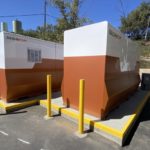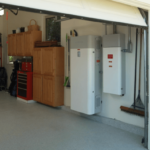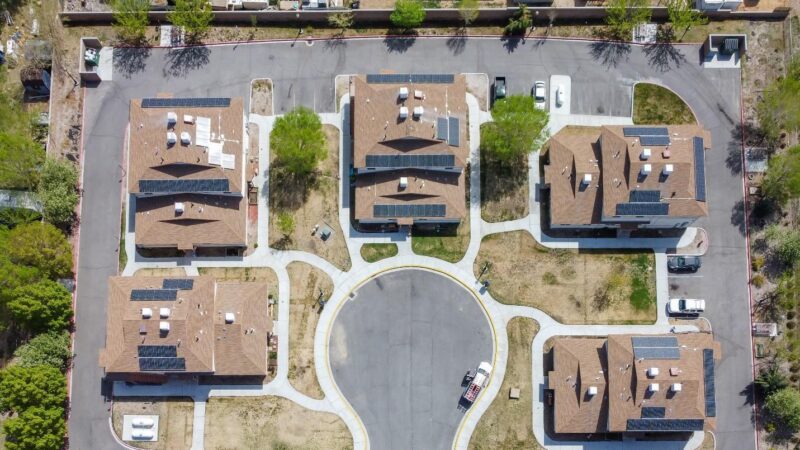City of Camarillo, California, moves forward with five hybrid microgrids at critical facilities
On October 28, the Camarillo City Council unanimously approved moving forward with the design of solar microgrids at five city facilities: City Hall, the Corporation Yard, Camarillo Public Library, Police Station and Wastewater Treatment Plant. The microgrid at the Camarillo Public Library will be designed with solar + storage only, while the other four sites will employ a hybrid design of solar+storage+diesel.
In February 2020, the city engaged the Clean Coalition, a Santa Barbara–based nonprofit, and TRC Companies to conduct a solar+storage microgrid feasibility study for the aforementioned sites.
The study, which assessed the feasibility of standalone solar + storage for each of the five sites compared to using only diesel generators, found that the most feasible and economic solution would be hybrid systems that incorporate solar, storage and diesel generation at four of the five sites.
The solar + storage systems recommended in the study will keep the sites online during short-duration outages, with diesel generators reserved for use as backup only when needed during extended outages. Additionally, the microgrids will reduce the cumulative carbon footprint of the five sites by approximately 88%.
Solar + storage only was recommended for the Camarillo Public Library, which does not need to be kept online during an extended power outage but can benefit from solar + storage backup, as available and utility bill savings.
Over the anticipated 30-year life of the projects, the microgrids are designed to achieve zero net energy and yield utility bill savings through reduced demand and energy charges at all five facilities. Savings will depend on which financing option the city chooses — a city-owned model, or a PPA, in which a third party would own and operate the systems.
In the face of increasingly severe wildfire seasons and the California utilities’ Public Safety Power Shutoffs (PSPS), the City of Camarillo is joining many other municipalities in seeking the economic, environmental, and resilience benefits of solar-driven microgrids. These benefits were key in the decision to assess the feasibility of solar + storage microgrids, rather than relying solely on diesel generators for emergency backup power — as the City had originally planned for City Hall and the Corporation Yard.
“The study made it clear that hybrid solar microgrids are not only feasible but also economically viable,” said Greg Ramirez, Camarillo city manager. “Implementing these cost-effective hybrid solutions represents a big step toward meeting both City and regional sustainability goals.”
“By voting to move forward with these hybrid systems, the City of Camarillo has demonstrated significant leadership,” said Frank Wasko, managing director of the Clean Coalition. “With this move, the City joins numerous public agencies and private entities that are realizing the unparalleled economic, environmental, and resilience benefits of renewables-driven microgrids.”
Furthermore, the Camarillo City Council approved pursuing grant funding for the project, including an opportunity from the Federal Emergency Management Agency (FEMA), which recently announced a nationwide grant of up to $50 million per applicant for projects such as microgrids and generators that mitigate risks from natural disasters.
The Solar & Storage Microgrid Feasibility Study is available on the City’s website.
News item from the Clean Coalition
<!–
–>
Original Source: https://www.solarpowerworldonline.com/2020/10/city-of-camarillo-california-moves-forward-five-solar-microgrids-at-critical-facilities/














